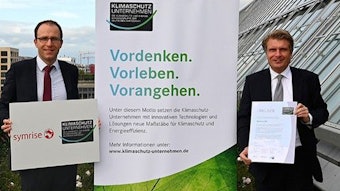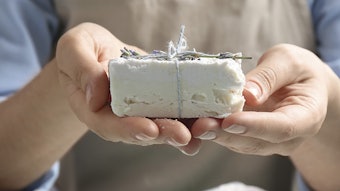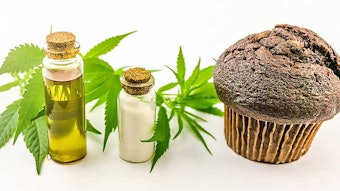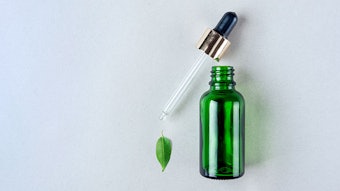It is interesting how the marketers of consumer products can take a well-defined scientific term and manipulate its meaning to their particular advantage—and the public buys it. A perfect example is the term oil. Originally, it meant a triglyceride with a titer of below 40.5°C. In 1859, the term was expanded to refer to fossil fuel found in Pennsylvania by Edwin L. Drake. Nearly 100 years later, the term was adopted by marketers on whose product labels “oil-free” began to appear—a negative label resulting in litigation over this claim. By way of conclusion, the questionable definition of what constituted an oil-free cosmetic became any cosmetic that did not have the word “oil” expressly listed in the ingredient declaration. Until the European Union (EU) and the United States harmonized plant ingredient names, the only ingredient in the EU that had the word oil in its name was lanolin oil.
The latest example of the misrepresentation of personal care marketing is the industry’s promotion of nanotechnology. The term has rapidly become a marketing buzzword for all that is “good”; however, some nongovernmental agencies have begun to question the safety of anything smaller than 30 nanometers, since this would rapidly penetrate the skin and enter the bloodstream.
The biggest marketers of nanotechnology claims are distributors of sunscreens based on the micro-fine particles of titanium dioxide and zinc oxide. The personal care industry is responding to nanotechnology claims by reporting that the US Food and Drug Administration (FDA) has deemed the ingredients to be safe. The industry response has not specifically said that the particles are not nanosized, though this is, in fact, the reality; rather, the particles found in sunscreens are micro-size, usually 20–50 micrometers, though frequently up to 200 micrometers in size. Thus, the particles are 100–1000 times larger than nanoparticles. As soon as the chemicals are placed in water or other solvents, they start to agglomerate and become much larger in size. Categorizing microtechnology as nanotechnology is certainly questionable, but marketing machines are not deterred from doing so. A similar misconception is found with the term natural. Well-known industry expert Ken Klein of Cosmetech Labs says all products are considered natural unless they are made from elements that sit above uranium (U) on the periodic table. The only things that are “natural,” however, are earth, wind and fire. Marketers know that, with the exception of animal skin, natural sells, be it food, cosmetics or clothing. But what happens if a government declares a product to be a “natural health product?”
To purchase the full version of this article, click on "Purchase This Article."










